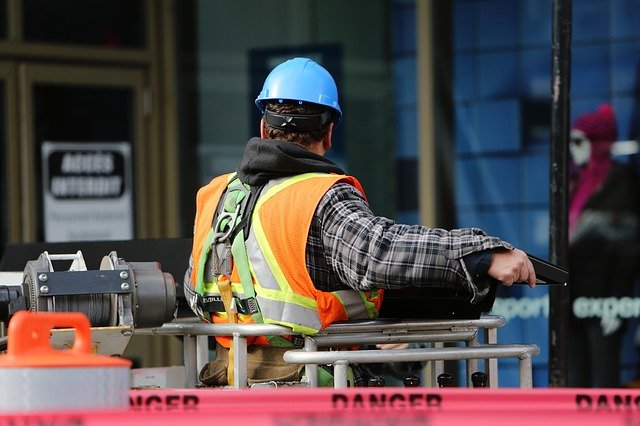
Working at height is often a necessity in the construction industry. However, even if you work at height often, you should never do so carelessly.
By definition, working at height creates a situation where an injury could occur due to a worker falling from one level to another. These injuries can be very serious, even life-threatening, so it’s important to be careful when you’re working at height.
To minimise the risk of a nasty fall, keep these dos and don’ts in mind:
More...

Safety lanyards are crucial when working at height, but it’s important to choose the right safety lanyard for the job. Here are four simple steps to make this process easier.
More...

Working at height, as defined by Health and Safety Executive (HSE), is “work in any place where, if there were no precautions in place, a person could fall a distance liable to cause personal injury”.
Falls from height are the most common cause of fatalities and serious injuries in the workplace, so if you and/or your employees are working at height, you have to be mindful of the potential risks.
Today, we’re going to look at some of the most common working at height hazards and what you can do to mitigate them, reducing the likelihood of a dangerous fall.
More...

According to the latest HSE statistics, falls from height are still the most common type of fatal workplace accident in Great Britain.
More...

Typically made from nylon, climbing ropes can be the deciding factor between life and death. That means there’s no room for low-quality materials or substandard design. For maximum strength and safety, the special kernmantle rope structure was developed.
Read on to find out more about climbing rope construction.
More...

